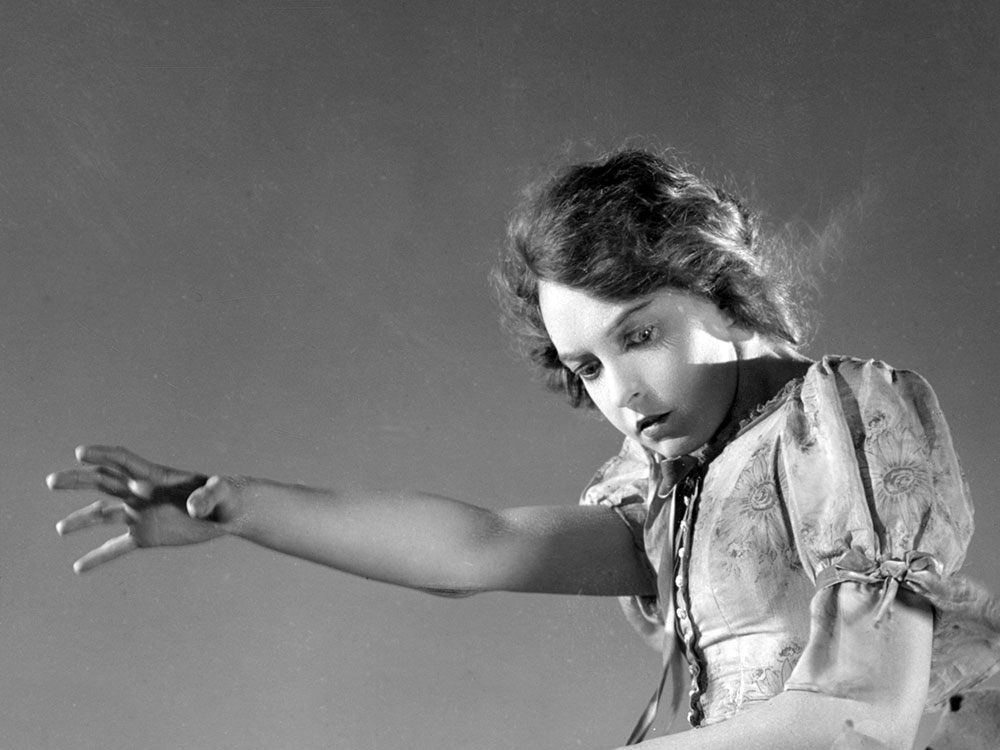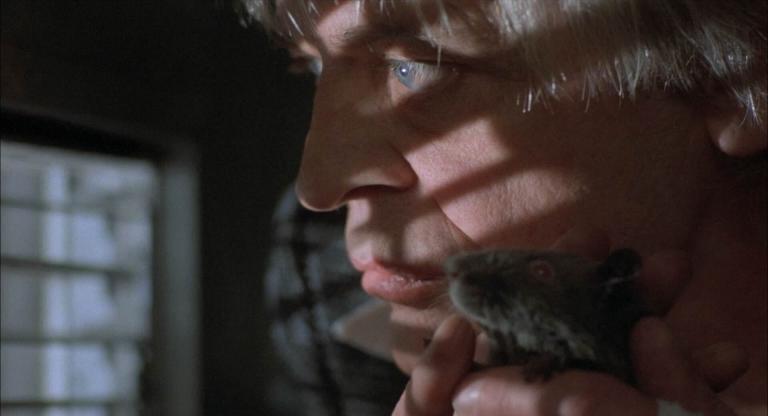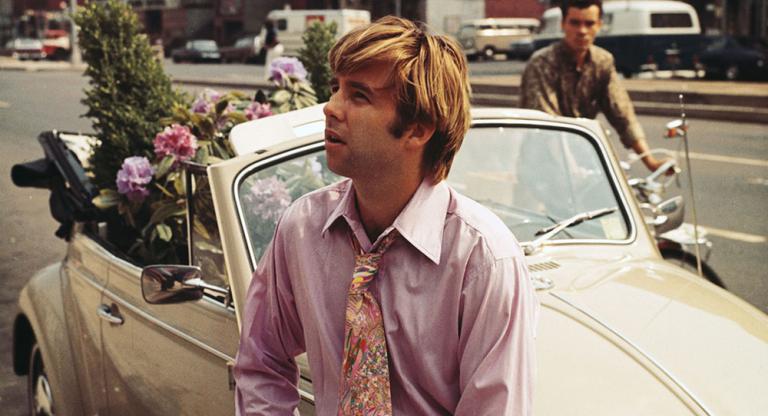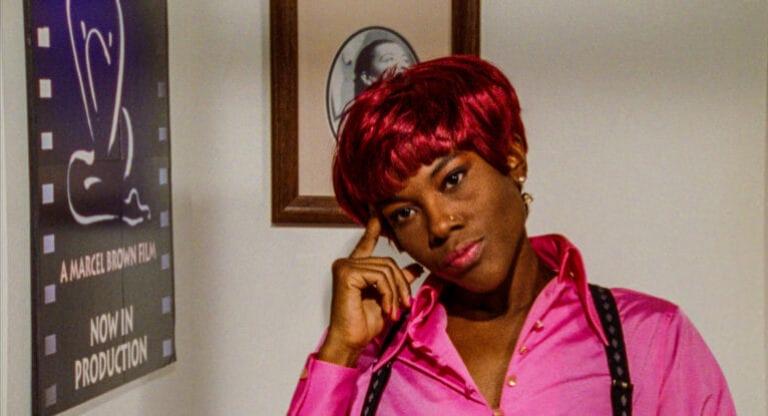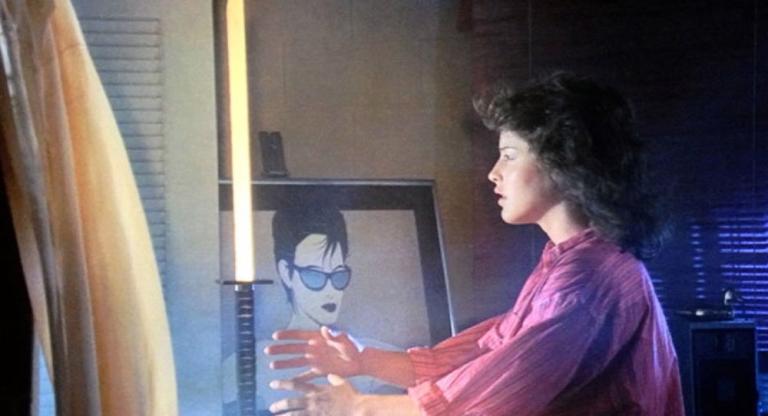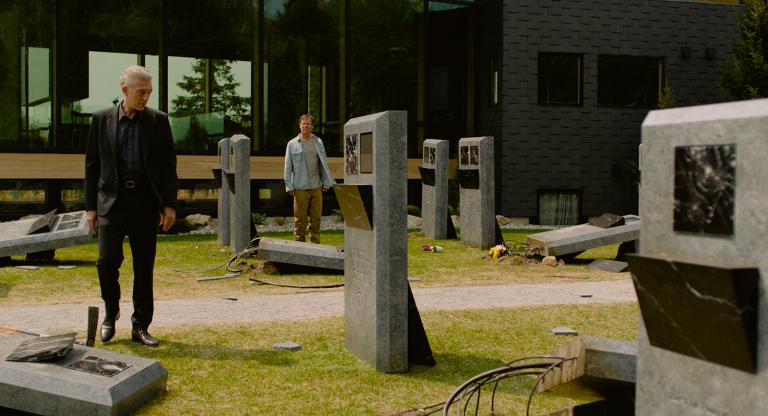The Wind (1928) opens with the image of a train barreling through the barren Texas landscape and a warning to the wayfaring Letty (Lillian Gish), who is on her way to Sweetwater from Virgina. From the outset of her time in Sweetwater, Letty is victim to the ravages of the outermost great plains, from both nature and man. As a storm picks up and scatters dust upon her, a stranger named Wirt Roddy (Montagu Love) cautions Letty: “It never stops blowing here—day in, day out, whistlin’ and howlin’—makes folks go crazy——especially women!”
Based on the Dorothy Scarborough novel of the same name, the film marked the close of several important chapters in Hollywood history. The Wind was one of the final silent films released by MGM and features Lillian Gish’s final performance in a silent film, in addition to her last major starring role (excluding her first talkie role, 1930’s One Romantic Night, which was a decided flop) until The Whales of August (1987). Gish was one of many performers discarded by Hollywood after the switch to sound, but her final silent performance in The Wind provides a perfect summary and capstone to the characters Gish had played for D.W. Griffith for decades, bringing an expressive dimension to the ever-tormented Letty.
As Letty becomes accustomed to her new home in Sweetwater, she is courted unwantedly by several men. Among them is Wirt, who wants her as a mistress, but it’s Lige (Lars Hanson) who ultimately wins her hand in marriage, only after she is cast out from her cousin’s ranch by his jealous wife. However, even in marriage Letty isn’t safe, as a drunken Lige forces himself upon her for a kiss before being pushed away and rebuked. Lige is quick to recognize the fear and disgust in Letty after the act, and vows to never touch her again. His only duty as her husband now will be to save enough money to send her back to Virginia, away from such a miserable existence.
Although Lige does keep his word, the plains are rife with men whose word means less. As an injured Wirt is holed up with Letty alone during a windstorm, Letty is victim to the worst horrors of both the wind and man. Though the storm provides a cover for the act, it also forms a comeuppance. An unmistakable sense of sexual justice is built into the spine of the work. For every act of wrongdoing there is retribution: unwanted advances are met with a strike from Letty, and the worst offenses are met with a bullet. Where the original novel ended with Letty going “mad,” this iteration of The Wind is kinder to her. The film grants leniency to Lige only after he has fulfilled his word to Letty without the expectation of forgiveness, and in so doing, has offered Letty a place of refuge in the storm so that whatever anguish might have awaited her in the wind can be staved off.
The Wind screens Saturday at the Niles Essanay Silent Film Museum, with live accompaniment by Jon Mirsalis, preceded by D. W. Griffith's "The Mothering Heart" and Walt Disney's "Puss-in-Boots."
Previously:
The Wind screens tonight, July 31, at the Museum of Modern Art’s Sculpture Garden as part of “Silent Week 2024.”
